These British Cigarettes in the 90s Cost More Than Marlboro—and Were Head and Shoulders Better

Ask a younger smoker today which cigarettes from the 1990s they remember. At best, you’ll hear Marlboro—maybe Bond or Chesterfield. American brands dominated the shelves and the ads, and everyone chased those packs. British cigarettes were a different story. You didn’t see them on every corner, but anyone who tried them remembered the taste forever.
They weren’t just “sticks with tobacco.” Each brand had a personality—its own aroma and story. Many of those names sound like a list of old friends you haven’t seen in years. And the farther time goes, the more you realize: few people today can even picture those packs, much less recall their flavor.
British Tobacco vs. American
Back then we didn’t think much about blends and processing. The main thing was whether they were strong and pleasant to smoke. Look closer, though, and British cigarettes stood out because of their blends. The base was almost always Virginia, sometimes with a touch of Burley or Oriental. American mixes tended to be brighter, rougher, with more noticeable bitterness. The British versions were smoother and more refined.
It felt like the difference between a cheap whiskey and a good single malt: both are alcohol, but the finish makes all the difference.
State Express 555
Arguably the most unusual of the British brands. In the U.S., they didn’t show up often, but when they did, they made an impression. The pack was gold, with a deep blue crest and three fives in the center—striking on sight.
The taste was gentler than Sovereign. There was a soft sweetness with a hint of caramel. The smoke felt airy—like the tobacco wasn’t pushing but opening up gradually. Some loved that; others wanted more density. Personally, I sometimes missed that weight, but the aroma was unmistakable.
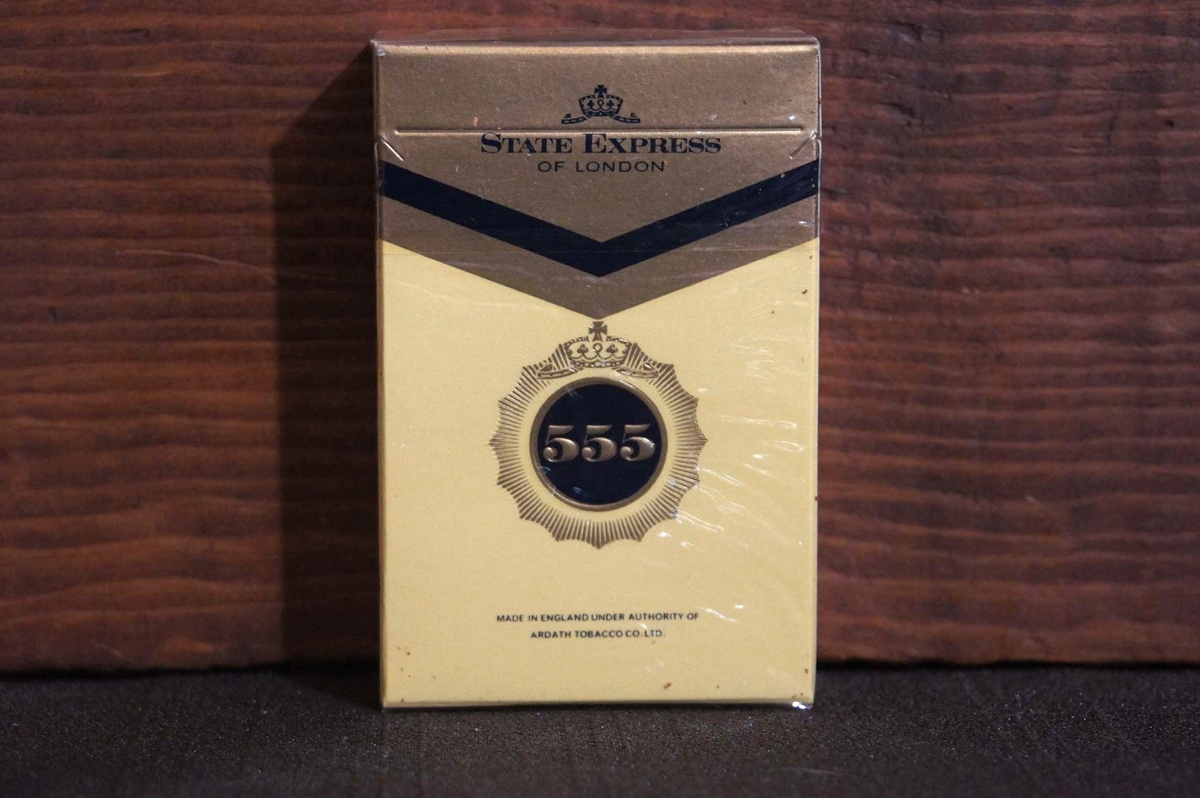
Interestingly, State Express 555 became cult in Asia. They’re still considered top tier there, while demand in the UK declined over time.
Benson & Hedges
The golden classic. Even the pack looked “expensive”: clean, restrained design—no loud graphics—just elegant gold. In the 1990s, these were a quiet status symbol.
The tobacco was straight Virginia—dense and full. When smoked, they delivered a soft yet assertive body. There wasn’t a hint of chemical sharpness, just a clean tobacco aroma unfolding into nutty and bready notes. After just a couple of puffs, the difference from Marlboro was obvious.
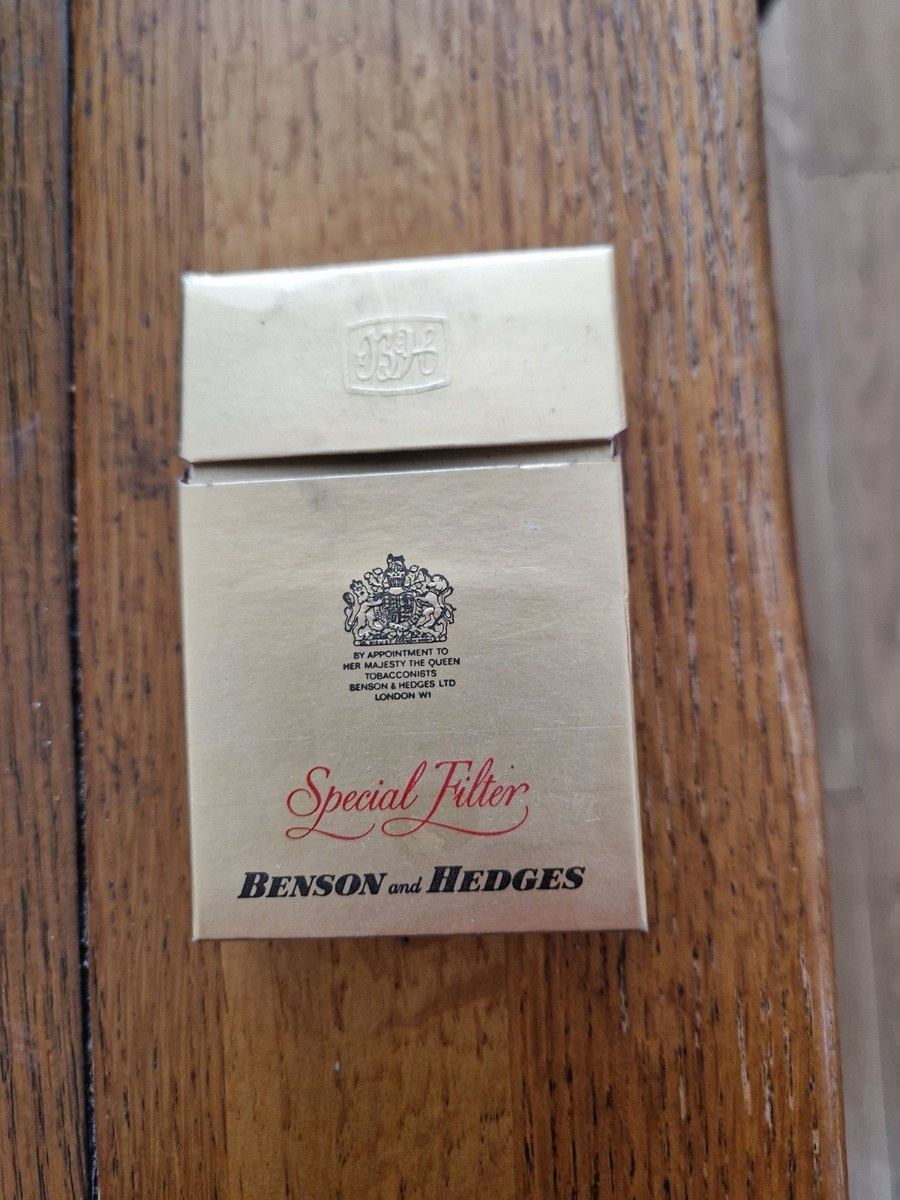
These days you can find Benson & Hedges mostly through specialty online shops in the U.S., and pricing tends to be premium.
Sovereign
If Benson & Hedges signaled status, Sovereign was for fans of truly robust tobacco. Red packs, minimal fuss, and a flavor that made your mouth water. These were powerhouses.
In the early ’90s, a single cigarette could deliver around 14 mg of tar and over 1 mg of nicotine. The smoke was thick and heavy without harsh bitterness. You could taste a dry apple tang, a bit of bread crust, and a lightly toasted finish. These were cigarettes you didn’t rush—where the ritual mattered as much as the taste.
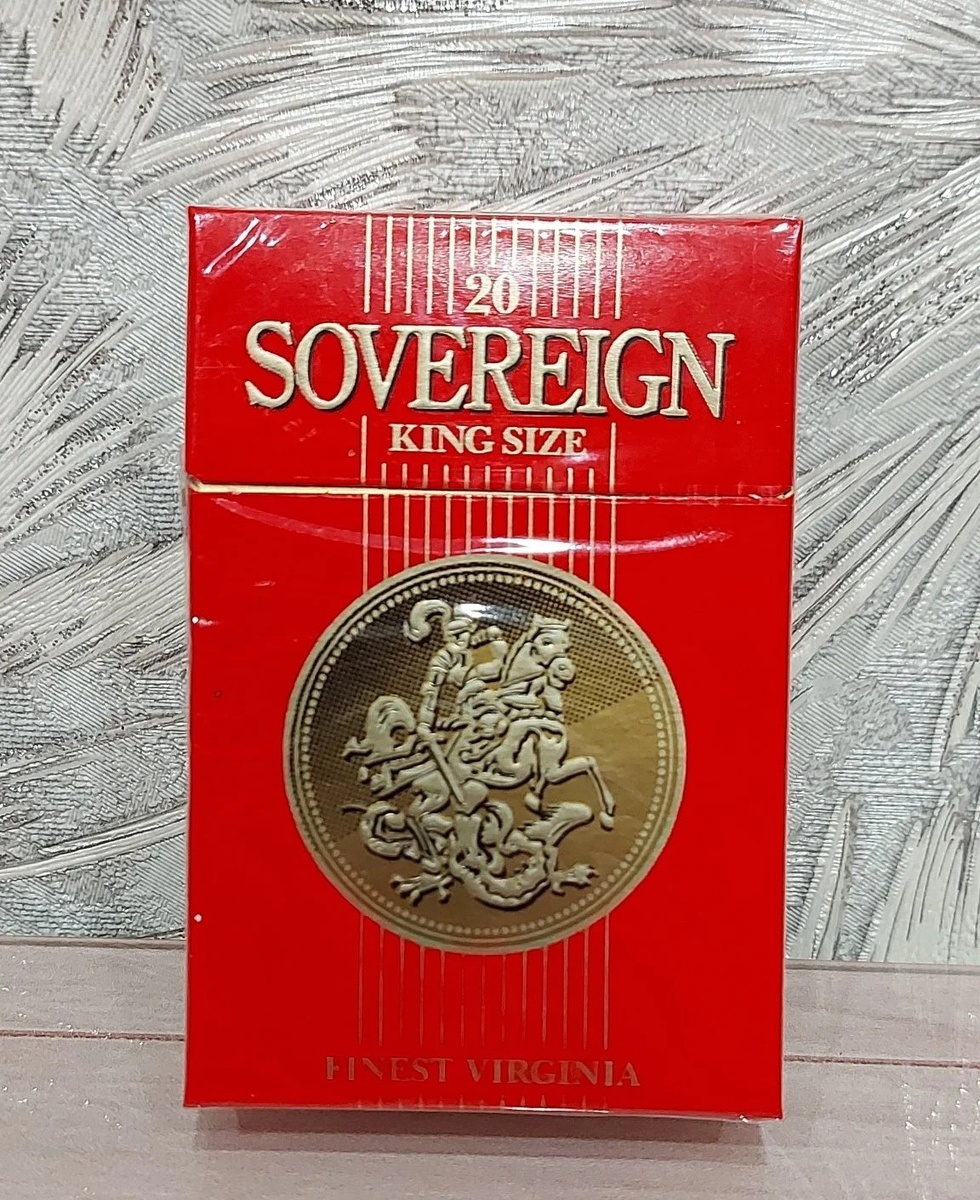
Unfortunately, by the mid-2000s, the numbers began to be “trimmed.” They got milder, the flavor flattened out, and many stopped buying them. But the version people remember is that potent 1990s blend.
Dunhill
Cigarettes for those who wanted to stand a step above the crowd. The square packs looked luxurious—especially in the early ’90s, when the pack design really mattered.
But it wasn’t just the look. The tobacco was carefully selected, and you felt it from the first draw. Dunhill had a layered, complex profile: a little fruit at first, a faint sweetness, even something creamy. Smoking them felt like sipping a good cognac.
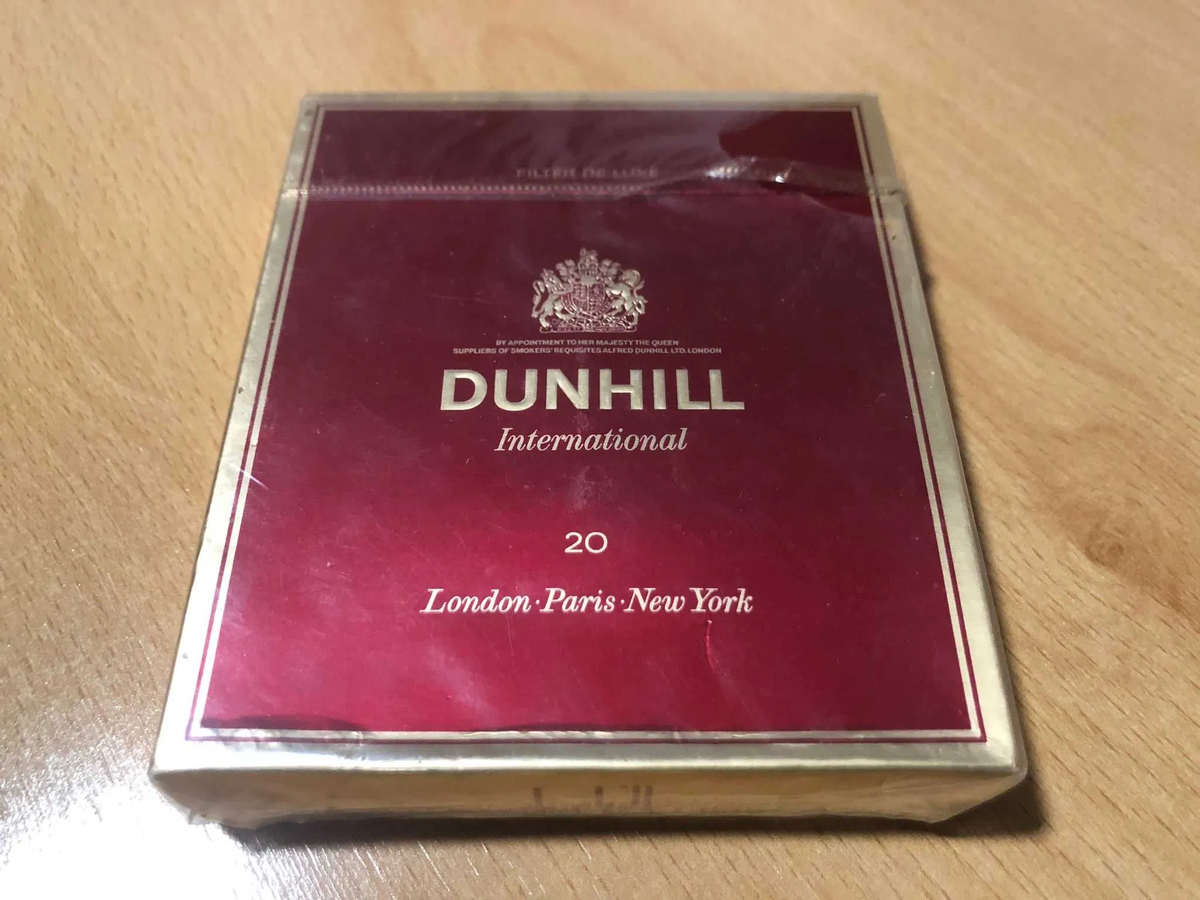
They cost more than Winston or Marlboro, but buyers lined up anyway. Dunhill wasn’t just a cigarette—it was a symbol. Fun fact: the brand once used the slogan “Hygienic Cigarette.” It sounds odd now, but back then it read as a mark of quality.
Lambert & Butler
A real rarity. Even in the ’90s, you didn’t see them everywhere. A silvery pack with a black band and a sober logo—no extra shine, just real tobacco inside.
Flavor-wise, they recalled fresh bread with a light tang; sometimes a nutty note slipped in. The strength was noticeable, though later—like many brands—it was dialed down.
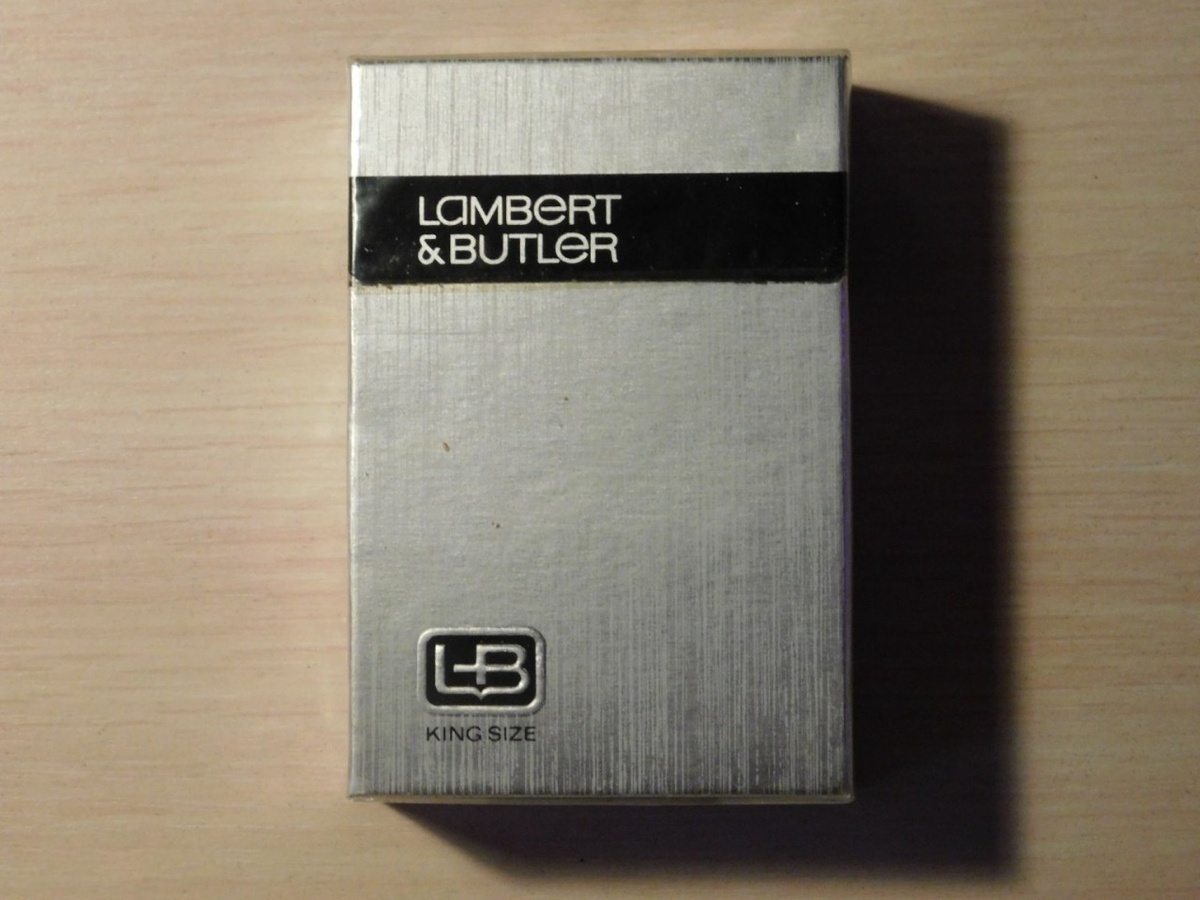
Today, Lambert & Butler feels more like legend than living brand outside the UK. Those who did try them remember a velvety smoke—soft, with a light spice that made them distinctive.
Embassy
A name many won’t even recall now. Embassy sold in the ’90s, just not widely. People who chose them were looking for something calm, without extra punch.
The taste was mild, faintly sweet, with a hay-like note. Sometimes a hint of spice came through, making the aroma more interesting. The blend mixed Virginia with a healthy dose of Burley, which set Embassy apart from most “pure” British-style cigarettes.
Silk Cut
The most unconventional brand. When they hit the market, everyone wondered: how can a cigarette have an organic tobacco substitute? Around 20% of the blend used it, which dramatically lowered the strength.
In the ’90s, Silk Cut became the choice for people who didn’t want to get wrecked by heavy cigarettes. The packs, with purple and silver accents, stood out on the shelf. The flavor was lighter than Sovereign or Dunhill, but the smoothness did the trick.
The numbers were striking for the time: 3–4 mg tar and 0.1–0.2 mg nicotine. You could say Silk Cut anticipated the wave of “light” cigarettes.
Today, British cigarettes can be hard to find in the U.S. They live on in memories and collections. Close your eyes and you can still see a golden Benson & Hedges pack or that austere silver Lambert & Butler.
And it makes you wonder: if Sovereign or Dunhill from the ’90s suddenly reappeared on shelves today, would people buy them? Or did that flavor stay in the past along with those times?
Bottom line
British cigarettes of the 1990s stood out for smoother Virginia-led blends, distinctive pack design, and memorable flavor profiles. Whether it was the refinement of Benson & Hedges, the muscle of Sovereign, or the layered elegance of Dunhill, these brands earned a loyal following that still remembers them long after they’ve become hard to find in the U.S.
Disclaimer: This article is for historical and informational purposes only. Cigarette sales are restricted to adults of legal smoking age (21+) in the United States. Availability, specifications, and pricing can vary by location and over time. Smoking is harmful to your health.

